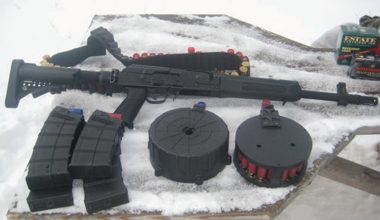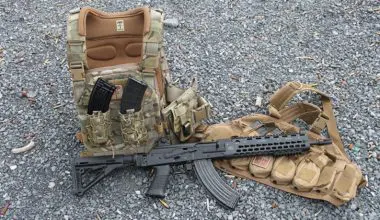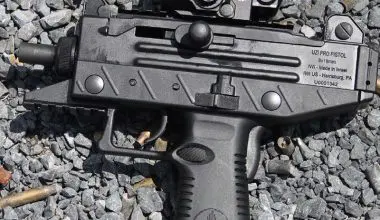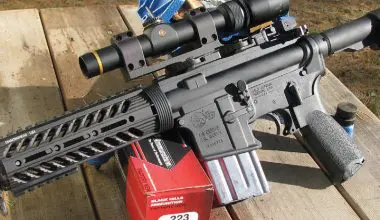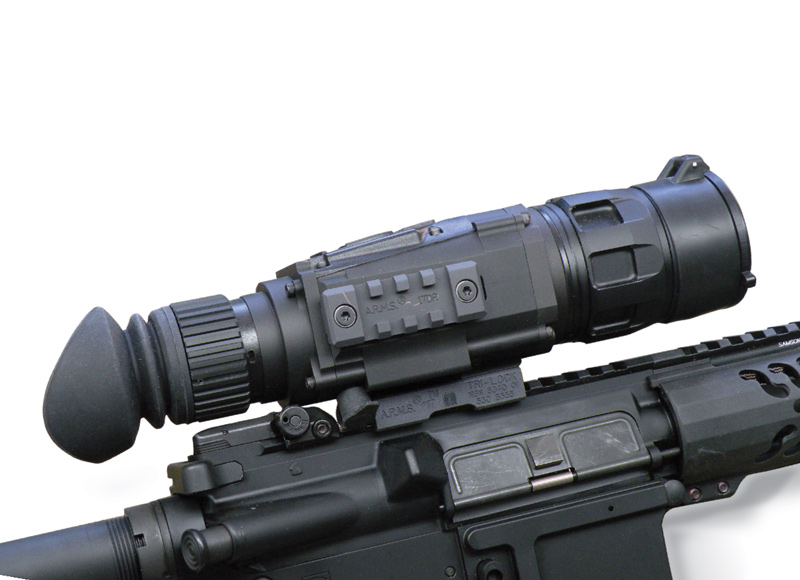
TWO things are immediately evident when you are exposed to the American Technologies Network Corporation. First, they must stay pretty busy developing, producing, selling, and servicing all the various night-vision devices in their lengthy product line.
Second, they dream big and follow through when it comes to the rack of features built into the products they offer.
Regular S.W.A.T. readers might remember my product review of the ATN X-Sight HD light amplification riflescope (SMART HD OPTIC: ATN X-Sight HD, February 2016 S.W.A.T.).
Table of Contents
STARLIGHT SCOPE
Commonly called a “Starlight” scope, the light amplification X-Sight I tested was a 3-12X unit that is also available as a 5-18X scope and it not only gives the operator the ability to see in the dark, but it also has a laundry list of other features that make it a near-perfect tool for those who must document and justify unleashing lethal force.
For starters, the scope has an onboard electronic compass that records your location and heading with a Geo Tag capability and is paired with a time/date stamp on still photos or video captured when in use.
In addition to nine different reticle choices for color and design, that X-Sight provided HD still photos as single-shot images or timed exposures of two to ten images captured in bursts spaced from two to 15 seconds apart.
You may also change the polarity of the image colors to show a white on dark image, or a dark on white image, and many other choices.
What does that have to do with this product?
ThOR
Well, a lot. The ThOR-HD Series Thermal Riflescope has all those features and then some. For starters, it looks just like the ATN X-Sight, except that it is a bit lighter and more compact—good things.
The controls and operating manual of arms are pretty much a match, and in fact, the only real and glaring difference with the ThOR-HD line of optical sights is that they are thermal sensing devices as opposed to the light amplification used by the previously tested X-Sight HD. After picking sides, anyone from real operators to armchair Rambos could legitimately argue all day as to which operating system is better.
In addition to the features listed above, the light amplification format gives excellent image quality day or night, and it’s rugged and easy to use.
The thermal sensing devices share all of that, with the big differences between the two systems being 1) the thermal system produces a useable image through dust, smoke, fog, haze, and other obscurants and 2) unlike the light amplification system, its use cannot be detected when using an illuminator or IR source to boost the ambient light level for that system.
For me, it’s almost a toss-up between the two, but if forced to choose, I’d go with the thermal unit for its edge in revealing live, or “hot,” images and its advantages in less-than-ideal viewing environments.
It provides less background detail, but our mission is to locate and target—not review the surrounding area.
But that’s just me, and while my operating parameters favor the thermal imaging system, many other folks will immediately see the advantages in the light amplification approach to fill their needs.
In addition, the heat-sensing ThOR-HD now has a Profile Manager, allowing you to save ballistic settings and the “zero” in a profile folder for multiple firearms. This device does go the extra mile for you by using the well-regarded A.R.M.S. throw-lever mount that is provided with the scope.
The ThOR-HD comes with a Butler Creek flip-open lens cap installed on the objective lens end of the scope. That may seem like a very minor point, but I’ve been doing this for 30 years, and I find that a lens cap indicates the attention to detail and “thinking like a customer” that many com- panies forget.
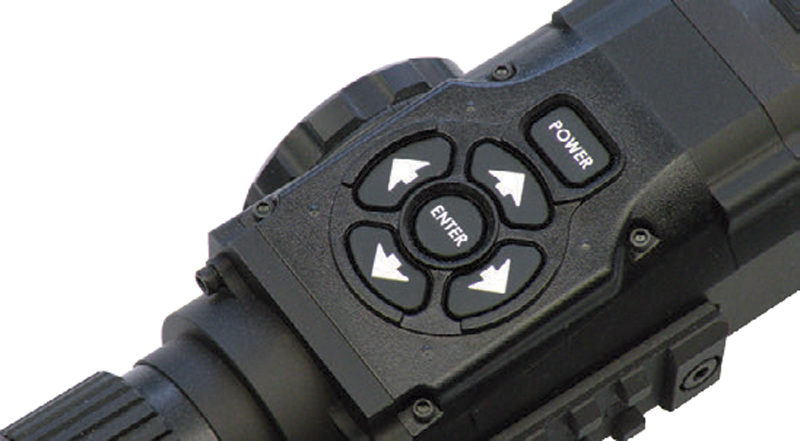
FIELD TESTING
Field testing does present a bit of a conundrum. It’s a snap to mount the ThOR-HD because of the supplied A.R.M.S. QD mount, so that can be done in a quick minute. But finding something with enough of a heat profile to see and shoot at is not so easy.
The hard part is the warm target. I thought an easy way to do it would be to warm up an unopened can of soda or heat up an inexpensive roast.
Both would hold the heat but represent a rather small target in the scope. It does make sense if you look at those two items as critical, but relatively tiny, targets to engage.
Think of a headshot on the bad guy in the well-known “Gunman With Hostage” paper target image and you’ll understand what I mean.
Unfortunately, I had just undergone shoulder surgery on my right side, and even the recoil from my heavy bull-barreled Remington 700 in .223 was going to be objectionable, if not damaging to the healing process going on in my “wing.”
So I went down to the golf course below my house and scouted for “targets” with the handheld ThOR-HD. While a simple handheld device will quickly point out the differences between such an unsupported hold versus a properly sandbagged rifle in terms of scope “jiggle,” the ThOR-HD held its own.
This is because one feature of the new ThOR-HD is gyroscopic stabilization. Yes, in addition to all the other neat and important features built into this scope, it also has an internal gyroscope that is used to steady the image projected to your eye. It only took a minute or two to see how well this feature works, as it stabilized my viewing image in spite of my rather herky-jerky hold on the scope.
When I noticed how well the stabilization function works, I did some impromptu testing by using a rather sloppy hold on the device for continued viewing and also tried some quick shifts from one target to the next.
The performance delivered when handheld made it clear that once mounted on a properly supported firearm, the image presented to your eye will be rock-solid—even if you are a little twitchy.
I knew there would be some rabbits to watch on the golf course because they are a continuing nuisance to the residents who live next to the course. Their concrete pads for patios and even housing foundations have collapsed due to the rabbits tunneling underneath them to create their own abodes.
I spent about half an hour discovering and watching the bunnies at play out to some extended distances. I was very impressed with the ThOR-HD, and there was even a surprise in the deal.
Looking for rabbits, I scanned up along the edge of the fairway and discovered another visitor. Coyotes are common in my part of southern California, and we are treated to a “coyote chorus” several nights a week when the predators pack up and start working on the rabbits.
This one had no luck, as the rabbits I had been watching immediately scurried for their burrows on the slope below the houses or under the houses themselves. It was clear this was not the coyote’s first rodeo as he calmly crossed the fairway and started working his way back up the hill with his nose to the wind.
I was having fun observing all this activity on the dark golf course until it occurred to me I probably didn’t want to explain what I was doing to one of law enforcement’s finest. I realized that making that Deputy comfortable with me and my optical device could be a little sticky because the course is lined with homes.
I managed to get back to my house without an embarrassing incident and with a lot of newfound respect for the ThOR-HD.
It’s up to you to best determine which system— thermal imaging or light amplification—is best for your needs. Whichever it is, ATN has a scope that will do the job for you.

